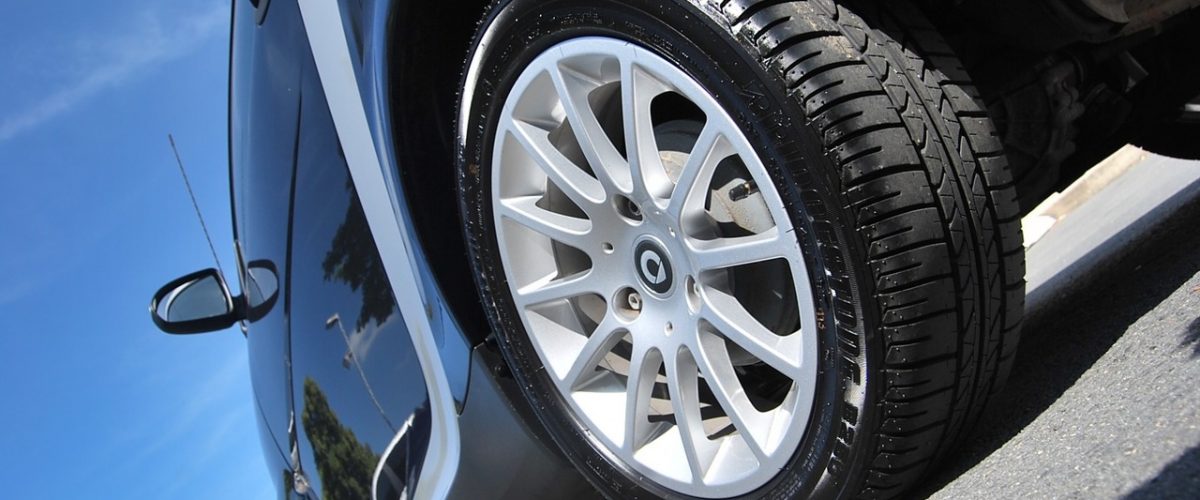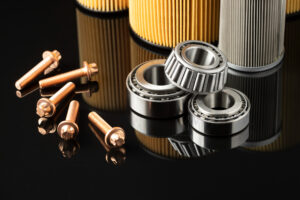All motorists need to prioritize regular tyre checks in order to be assured of their safety when driving. The importance of reducing stress and strain on the vehicle’s suspension components to improve the handling of the vehicle, should not be underestimated.
What is Wheel Alignment?
Wheel alignment is the process whereby the wheels are aligned to point in line with the direction of rotation. This is done to ensure that the tyres are calibrated to ‘point’ straight ahead. Proper wheel alignment makes a vehicle steer easily and allows tyres to wear evenly.
Deteriorating roads contribute to a greater need for regular wheel alignment. Tyres can be nudged out of alignment when they accidentally hit objects such as curbs and potholes, or by catching a centre cement divider while making a miscalculated turn.
During wheel alignment, there are three major considerations. These are:
- camber (vertical angle)
- caster (rearward inclination)
- toe (front of wheels pointing inwards or outwards).
Wheel alignment usually requires that adjustments are made to various parts of the suspension. Alignment angles can also be altered beyond the maker’s specifications to obtain a specific handling characteristic.
Here is a brief explanation of the settings used in alignment; it is a bit technical but it will provide some insight into the expertise required from tyre experts when aligning your wheels:
- Toe Settings– this is the inward or outward pointing of the wheels in relation to the centre line of the vehicle and is set to take up any slack in suspension joints so that the tyres will in fact run parallel with one another when the vehicle is travelling in a straight line.
- Camber– This is the tilt away from the vertical of the wheel and is designed to place the wheel loading on the larger inner wheel bearing of the front wheel on rear-wheel-drive vehicles. Too much camber will cause a tyre to wear off on the shoulder and differing camber angles from one side to another will cause the vehicle to pull to one side.
- Caster– the backward tilt of the steering axis, which is designed to give feel on the steering as well as provide steering self-centring, so the steering comes back to the straight-ahead position following a corner. Too little caster will cause the vehicle to wander and too much will cause heavy steering.
- Steering Set Back– this is when one wheel is ‘set back’ from the other. If a vehicle has high steering set back, the vehicle will pull toward the side where the wheel is ‘set back’. This can often occur when a vehicle has been involved in an accident.
- Steering Axis Inclination– this is the tilt from the vertical of the steering axis and is designed to create a vertical load through the axis, in order to reduce stress and bending moments on suspension components.
- Thrust Angle– this is when the rear wheels are out of line with those on the front, causing the vehicle ‘crab’, (steer sideways). This can occur when a vehicle has been involved in an accident.
- Scrub Radius– this is the radius created between the centre line of the wheel in contact with the road surface and the line drawn through the steering axis. This can either be positive where the wheel positioning is on the outside of the steering axis line or negative where the wheel positioning is inside the steering axis. Scrub radius may also be referred to as Roll Radius. Changing the offset of the wheels on the vehicle will change the scrub radius and could severely affect suspension component life, due to increased stresses being placed on them.
Once a tyre is knocked out of alignment, its orientation on the vehicle is slightly off-centre. The degree of misalignment is not obvious to the human eye, but the effects will be noticeable in your ability to steer the vehicle. It is critical that motorists schedule regular tyre checks with at a specialist tyre service.
Source Arrive Alive






